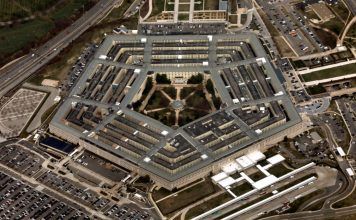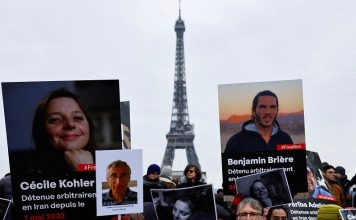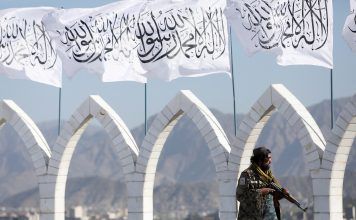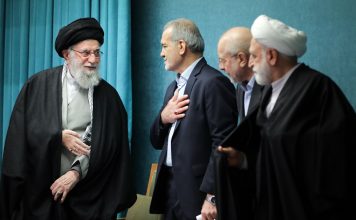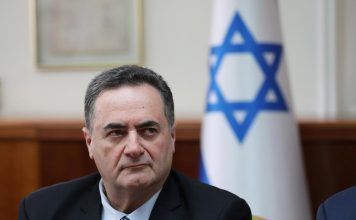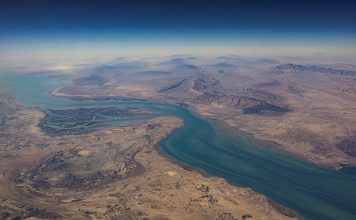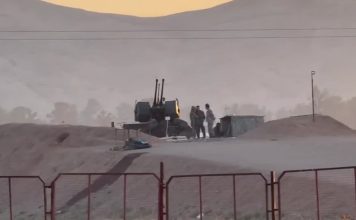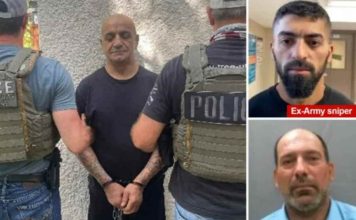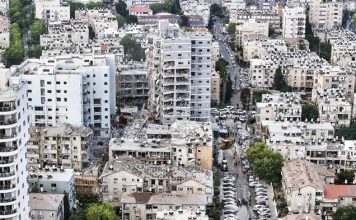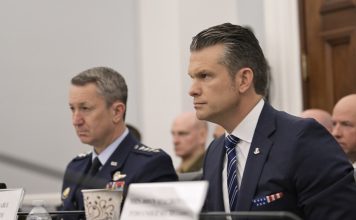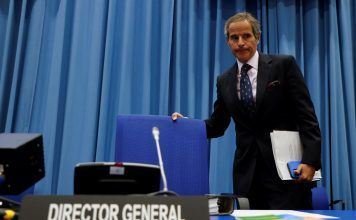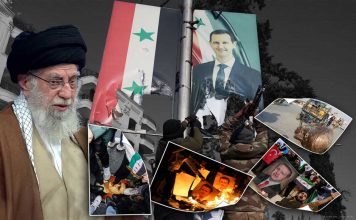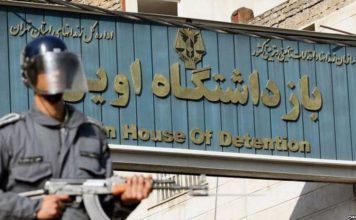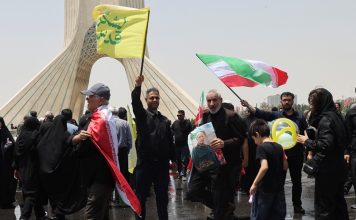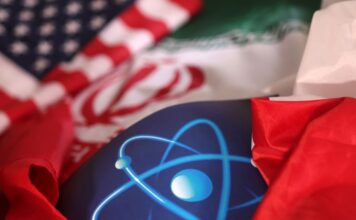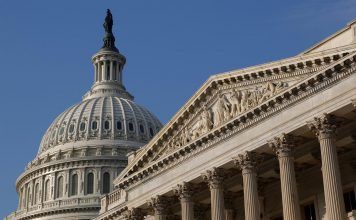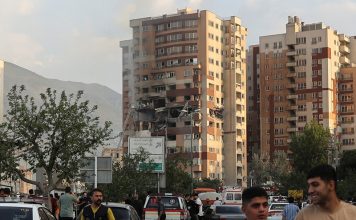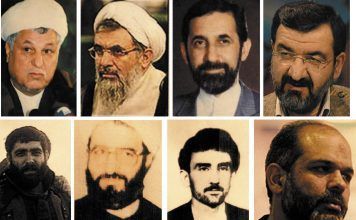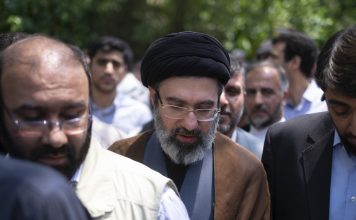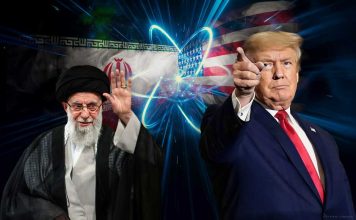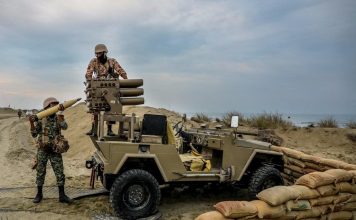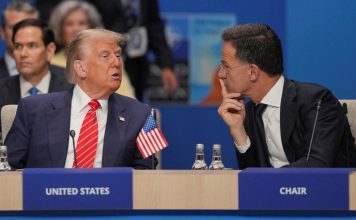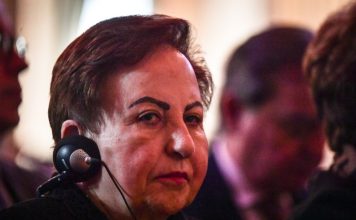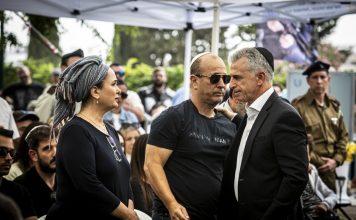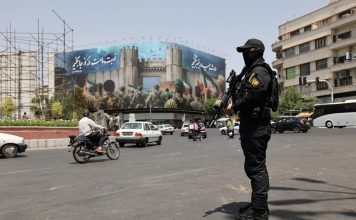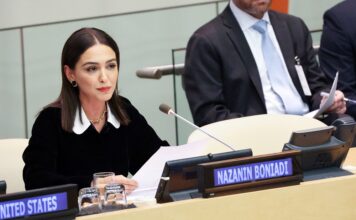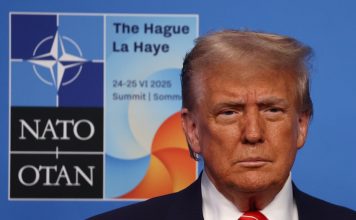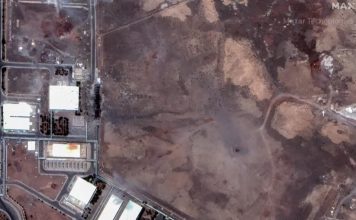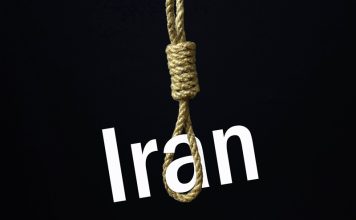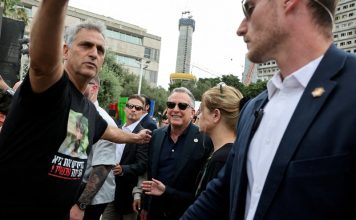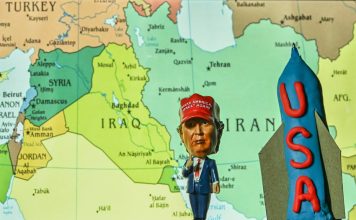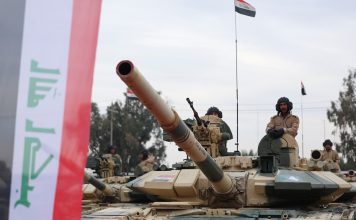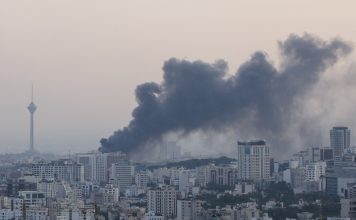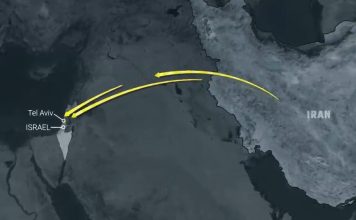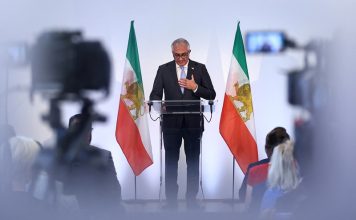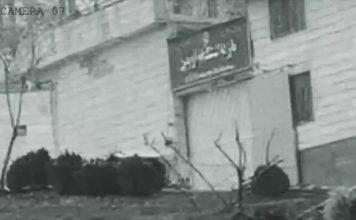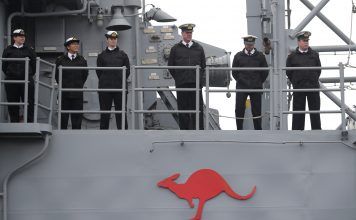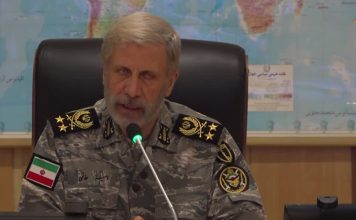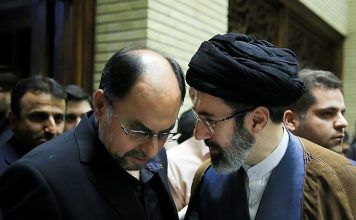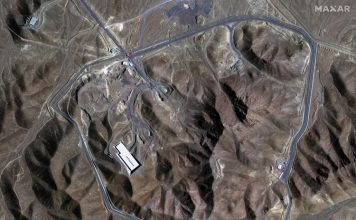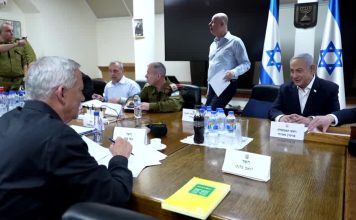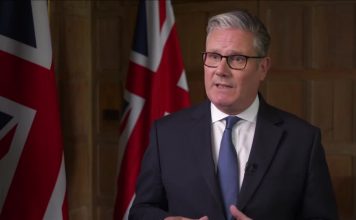By Kayhan Life Staff
The destabilizing activities of the Islamic Republic in Iran will not deter the U.S.’s “core” mission, “which is to make sure that Daesh [ISIS] cannot resurge and pose a threat to stability in that part of the Middle East,” according to Ian J. McCary, the deputy special envoy for the Global Coalition to Defeat ISIS.
McCary was in London for a two-day meeting hosted by the British government for the communications working group of the Global Coalition to Defeat ISIS – a coalition of 87 countries and multilateral organizations (not including Iran) whose aim is to defeat ISIS.
McCary warned that despite the elimination of the territorial caliphate in Syria and Iraq after the fall of ISIS’s last stronghold in Syria in 2019, the U.S. remains concerned about the activities of ISIS-Khorasan, which “is determined to conduct lethal attacks outside of Afghanistan’s borders. “
[aesop_image img=”https://kayhanlife.com/wp-content/uploads/2018/04/download-1-2.jpeg” panorama=”off” align=”center” lightbox=”off” captionsrc=”custom” caption=”FILE PHOTO: An Islamic State flag hangs amid electric wires over a street in Ain al-Hilweh Palestinian refugee camp, near the port-city of Sidon, southern Lebanon/REUTERS/Ali Hashisho
” captionposition=”left” revealfx=”off” overlay_revealfx=”off”]
ISIS-Khorasan – the Islamic State’s affiliate in Afghanistan — has claimed responsibility for two deadly bomb attacks on Jan. 3 in Kerman, southeastern Iran, in a ceremony marking the anniversary of the death of Qassem Soleimani, the commander of the Islamic Revolutionary Guards Corps’ Quds force. The attacks killed around 100 people and injured 280.
The U.S. warned the regime in Tehran about the planned attack by ISIS-Khorasan in Kerman, one week in advance, yet according to the Wall Street Journal, it received no reply to its warning. “Several U.S. officials told the Journal it wasn’t clear why the Iranians failed to thwart or blunt the attack,” the Journal reported.
The Kerman bombing was the bloodiest terror attack in Iran since the 1979 revolution. It occurred on the fourth anniversary of the death of Soleimani, who was killed in January 2020 in a targeted U.S. drone attack.
ANALYSIS: Was ISIS the True Perpetrator of the Deadly Kerman Attacks?
Curiously, the Iranian authorities did not have greater security measures in place to protect the crowd that gathered to honor Soleimani, whom the Islamic Republic regarded as its symbol of authority in the region. Also notable was the absence of Soleimani’s family, senior IRGC commanders, and the country’s top officials at the ceremony commemorating him. There is widespread speculation as to who might have been behind the attacks. Some analysts believe it could be the work of elements within the Iranian state, an IRGC faction, and the group known as ISIS-Khorasan.
IRGC commanders have blamed the U.S. and Israel for the attacks in Kerman, even after ISIS-Khorasan claimed responsibility.
IRGC Quds Force Commander Brig. Gen. Esmail Qa’ani claimed that “Zionists funded the terrorist attack in Kerman.” Speaking at the ceremony for the victims, Maj. Gen. Hossein Salami, the most senior Revolutionary Guards commander, said the jihadists “only act as mercenaries” for U.S. and Israeli interests.
[aesop_image img=”https://kayhanlife.com/wp-content/uploads/2022/12/2022-12-20T000000Z_926173796_MT1NURPHO000PE4L85_RTRMADP_3_IRAN-NEWS.jpg” panorama=”off” credit=”FILE PHOTO/REUTERS./” align=”center” lightbox=”off” captionsrc=”custom” caption=”Commander of Islamic Revolutionary Guard Corps’ (IRGC) Quds Force, Esmail Qaani (R) speaks with commander-in-chief of IRGC Hossein Salami. ” captionposition=”left” revealfx=”off” overlay_revealfx=”off”]
Meanwhile, the Iranian Intelligence Ministry announced that it had arrested 35 people on Jan. 11 in connection with the Kerman bombing. Four days later, IRGC fired ballistic milles at Syria and northern Iraq, killing four civilians and hurting six. It also carried out a missile and drone attack on western Pakistan against the Iranian Baluchi militant group Jaish al-Adl on Jan 16, which killed two children and injured three others. On Jan 19, the Ministry of Intelligence claimed that numerous ISIS leaders had been identified and arrested in Iran.
ANALYSIS: Iran-Pakistan Flare-up Rooted in Restive Borderlands, Not Mideast Strife
ISIS-Khorasan first emerged in 2014 following the defection of Tehrik-e-Taliban (TTP), a group of al-Qaeda and Taliban fighters active in Afghanistan and Pakistan. It has grown in strength after the U.S. withdrawal of forces from Afghanistan.
McCary said: “The Taliban is obliged by international agreement to prevent the use of its soil by terrorist groups that might be planning attacks outside of Afghanistan’s borders. And we fully expect the Taliban to uphold this obligation”.
The global coalition to defeat ISIS was founded in 2014 and now comprises 87 members, including several major international organizations, such as NATO, the European Union, Interpol, and the Arab League. Its Middle East wing members include Bahrain, Iraq, Jordan, Kuwait, Lebanon, Oman, Qatar, Saudi Arabia, United Arab Emirates, and Yemen, but not Iran.
McCary pointed out that as a founding member of the Coalition, Iraq plays a leading in the coalition to defeat ISIS’s propaganda, finances, and movement of its fighters.
“The Iraqi Security Force’s capabilities have developed to a very sophisticated level in terms of their counterterrorism capabilities,” he said. “Nobody understands Daesh better than they do.”



